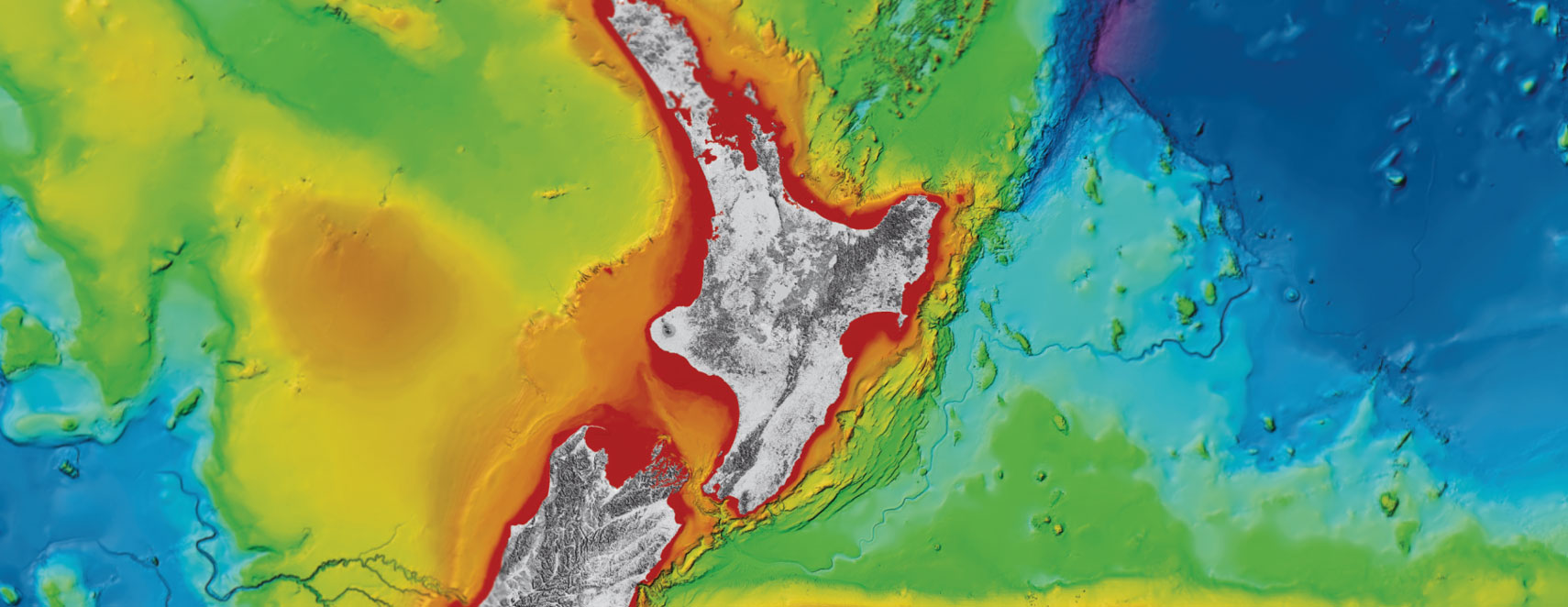
Researchers sail in search of earthquakes offshore
An international team of scientists are setting off on a voyage to paint a clearer picture of our earthquake and tsunami risk from our largest and most active fault, the Hikurangi Subduction Zone.
Aotearoa New Zealand is dotted with earthquake detectors, called seismometers, that make up the GeoNet network. This network can detect even very small earthquakes, provided those earthquakes occur on land.
“We’re effectively blind to small earthquakes occurring offshore” says Team Leader and Victoria University of Wellington Te Herenga Waka Professor, Martha Savage.
To solve this problem, the team will soon set off on the NIWA Research Vessel Tangaroa, to deploy ocean bottom sensors that can detect offshore earthquakes, which would otherwise go unrecorded.
“Previous studies have investigated areas of the Hikurangi Subduction Zone where slow-slip events are occurring, relieving stress on the plate.” said Professor Savage “This is the first study to look for earthquakes on the locked part of the fault.”
The Hikurangi Subduction Zone is a plate boundary fault, where the Pacific tectonic plate dives down westward beneath the Australian tectonic plate, it runs the length of the east coast of Te Ika-a-Māui/the North Island.
In parts, the two tectonic plates are slowly sliding past each other, releasing pressure, but others are locked together, stuck and building up pressure which could be released as a major earthquake.
“We’re expecting to see 10 times more earthquakes on the locked zone than are currently reported” said Professor Savage “the behaviour of these more frequent small earthquakes can tell us more about the larger earthquakes that occur less often.”
On the 25th of November, the team from Victoria University of Wellington Te Herenga Waka and GNS Science Te Pū Ao alongside the University of Ottawa and Dalhousie University in Canada, will set off from Wellington to deploy the ocean bottom sensors off the coast of Wairarapa.
“We’re excited for this new collaboration between Canada and Aotearoa New Zealand researchers” said Dalhousie University Professor Mladen Nedimović. “The instruments are brand new and this will be the first project that use them to study earthquakes in a locked subduction zone.”
“Even if we find very few earthquake signals in the locked zone, that will still be a significant discovery” said GNS Science Te Pū Ao researcher, Dr Emily Warren-Smith “it helps confirm that our land-based observations have been right and that there is significant stress build-up occuring offshore.”
“There are also several other faults in the overriding Australian plate, above the main subduction fault, which also have the potential to produce large, tsunami-generating earthquakes. Understanding their acitivity is another vital objective." Said Dr Warren-Smith
This research was made possible by funding from Toka Tū Ake EQC, the Canadian Foundation for Innovation, and the University of Ottawa, and is a key step in forecasting earthquakes and tsunami from the Hikurangi Subduction Zone.
“Larger earthquakes from New Zealand and overseas that will be recorded on the ocean floor can also help us to understand the geometry of the subduction zone”, explained University of Ottawa Professor Pascal Audet. “Information carried by these seismic waves can also help us to better understand the likelihood of earthquakes, and how the movement of a future earthquake might cause a tsunami.”
Several students will be onboard for the six-day voyage and will be documenting their experience through daily blogs and vlogs.
You can follow their blogs and vlogs about what it is like to participate in a scientific sea voyage, at eastcoastlab.org.nz
#ELVEShikurangi
6 November 2023
Disclaimers and Copyright
While every endeavour has been taken by the East Coast Lab Hikurangi Subduction Zone M9 to ensure that the information on this website is
accurate and up to date, East Coast Lab Hikurangi Subduction Zone M9 shall not be liable for any loss suffered through the use, directly or indirectly, of information on this website. Information contained has been assembled in good faith.
Some of the information available in this site is from the New Zealand Public domain and supplied by relevant
government agencies. East Coast Lab Hikurangi Subduction Zone M9 cannot accept any liability for its accuracy or content.
Portions of the information and material on this site, including data, pages, documents, online
graphics and images are protected by copyright, unless specifically notified to the contrary. Externally sourced
information or material is copyright to the respective provider.
© East Coast Lab Hikurangi Subduction Zone M9 - www.eastcoastlab.org.nz / +64 6 835 9200 / info@eastcoastlab.org.nz
